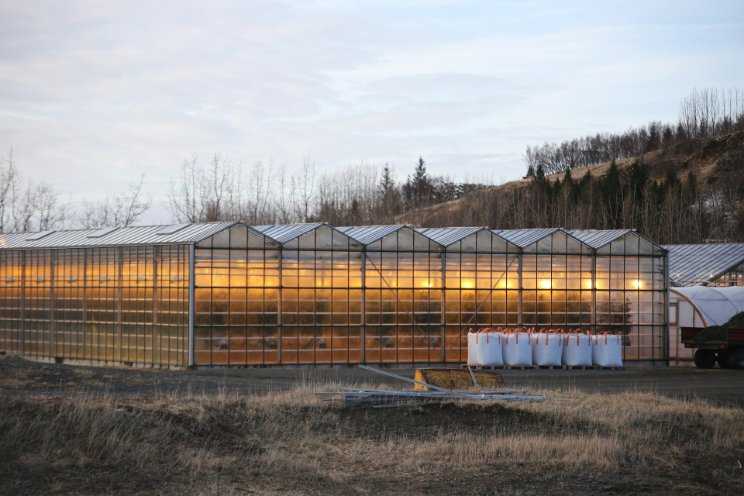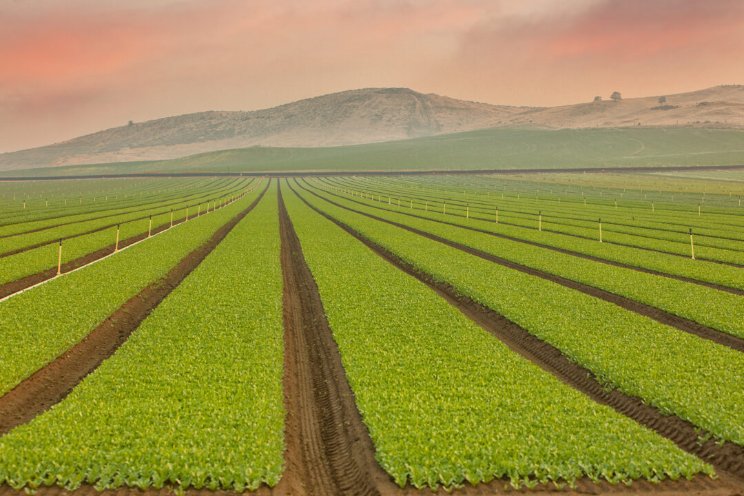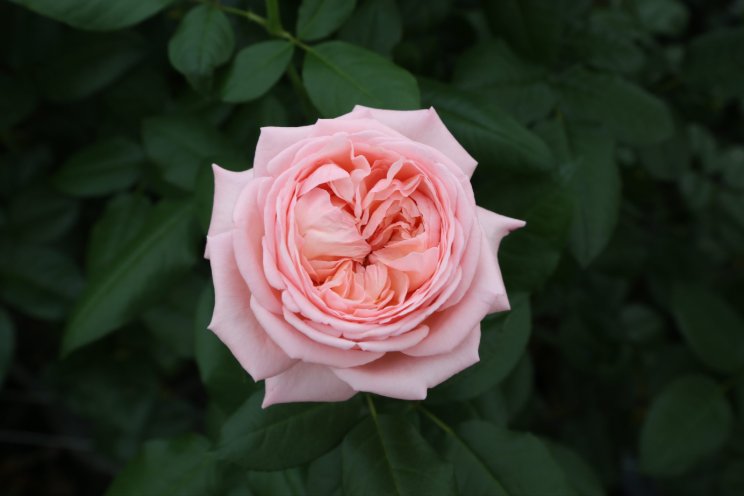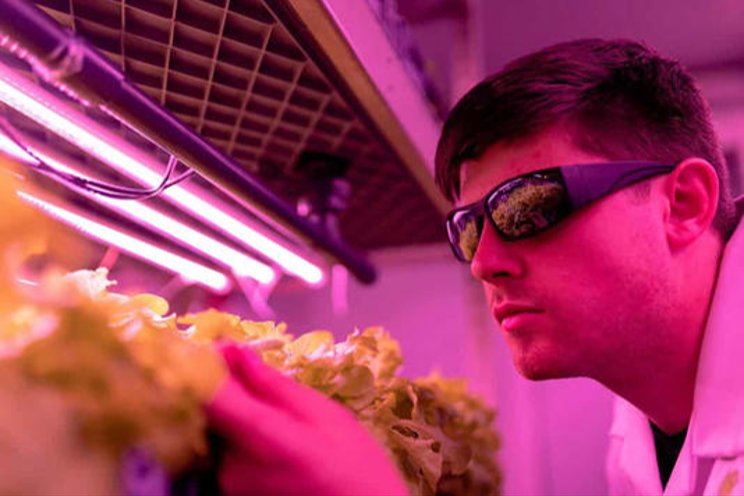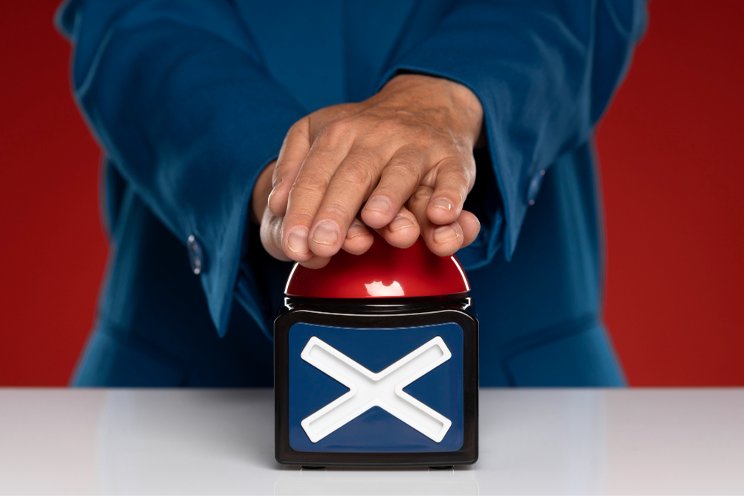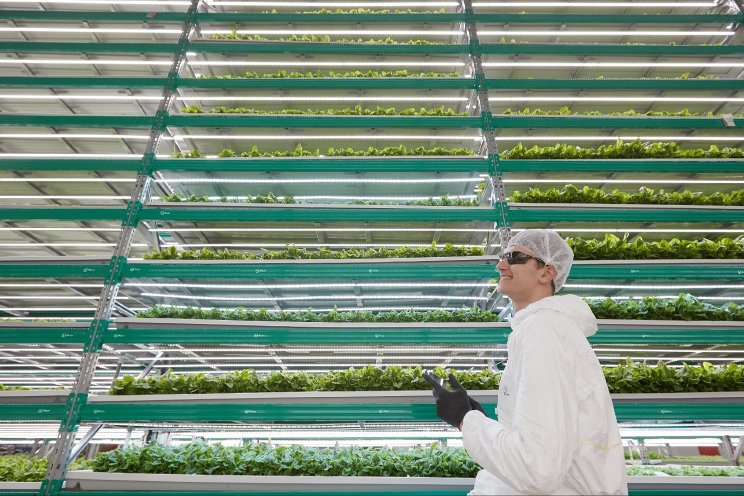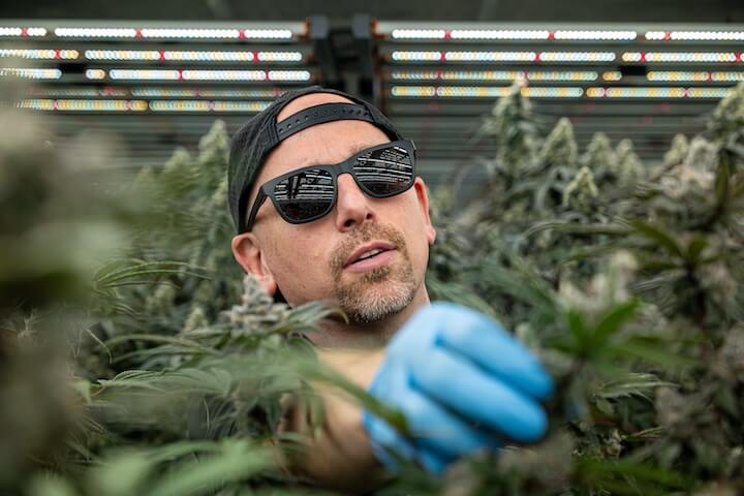Growing blackberries more energy-efficient with LED lighting
Added on 20 January 2021
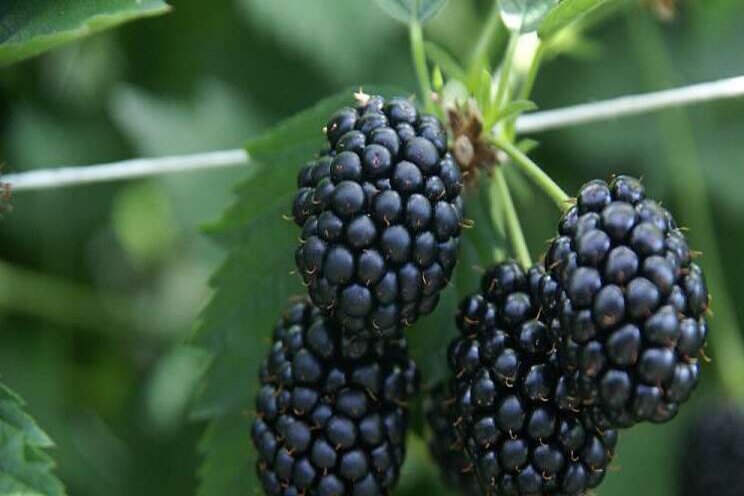
<section style="margin: 0px; padding: 0px; border: 0px; font-style: normal; font-variant-ligatures: normal; font-variant-caps: normal; font-variant-numeric: inherit; font-variant-east-asian: inherit; font-weight: 400; font-stretch: inherit; font-size: 16px; line-height: inherit; font-family: verdana, sans-serif; vertical-align: baseline; display: block; color: rgb(51, 51, 51); letter-spacing: normal; orphans: 2; text-align: start; text-indent: 0px; text-transform: none; white-space: normal; widows: 2; word-spacing: 0px; -webkit-text-stroke-width: 0px; text-decoration-thickness: initial; text-decoration-style: initial; text-decoration-color: initial;">
With lighting, growers can still produce vegetables or fruit in dark periods. In the cultivation of blackberries, this concerns the period from October. The plants have then been refrigerated for about ten months at a temperature of just below freezing point. Once in the greenhouse, the temperature increase and the lamps ensure that the crop thinks it is spring.
A number of blackberry growers use Son-T lamps for illumination. However, these require a relatively large amount of energy compared to LED lamps. That is why WUR started researching the possibilities of LED in October 2020. For this, two blackberry varieties are being researched (Loch Ness and Von). In addition, there are two different light intensities (100 and 140 ?mol / m2 / s) and two different periods (maximum 18 hours and 13 1/4 hours per day). As a result, there is one treatment with the same light sum per day in both greenhouses. There is diffuse glass on top of the greenhouses: earlier research shows that this allows 30% higher production.
During the research, WUR not measures only the number of kilograms of blackberries and the energy consumed, but also at, among other things, the fruit quality of the blackberries, the distribution of the dry matter to the crop and the fruits, the leaf surface and the photosynthesis under different conditions. These data is compared with that of a blackberry company that uses Son-T lamps. The research into LED lighting therefore also provides fundamental knowledge about the cultivation of blackberries.
The research "Efficient year-round blackberry cultivation under LED" is largely financed by the Kas Als Energiebron program, with the contribution of a number of participants.?
</section>
Source and Photo Courtesy of Wageningen University & Research
Source: Wageningen University & Research
More news


